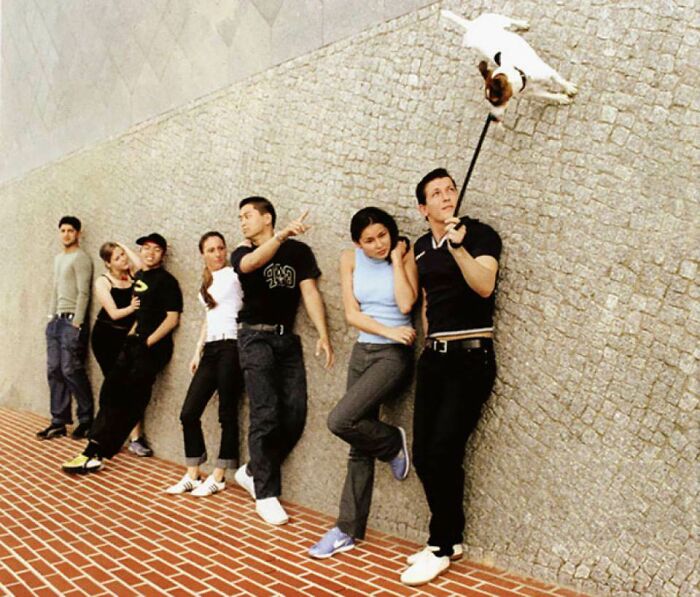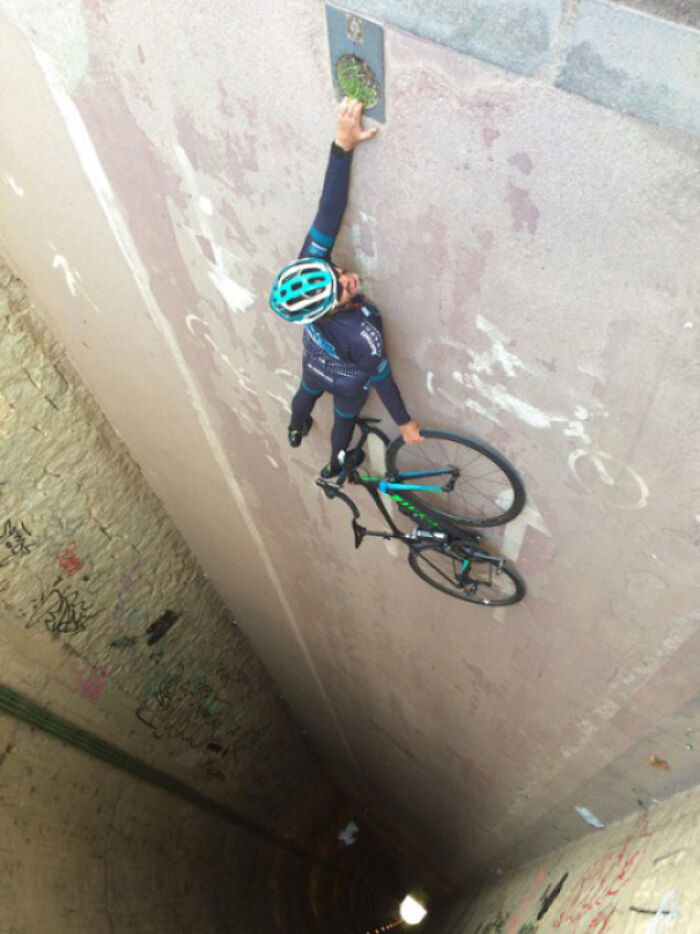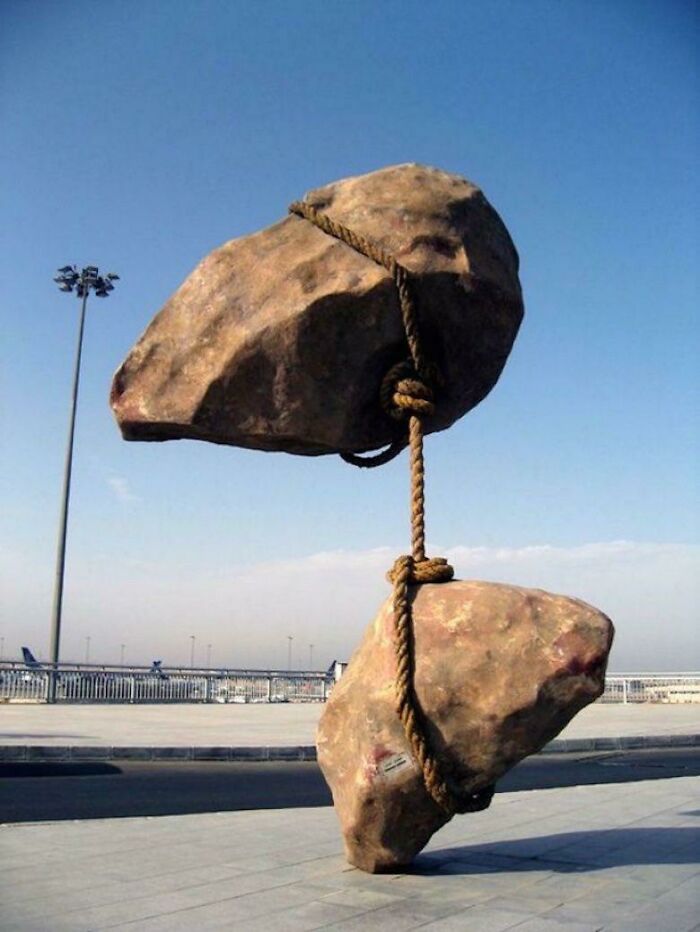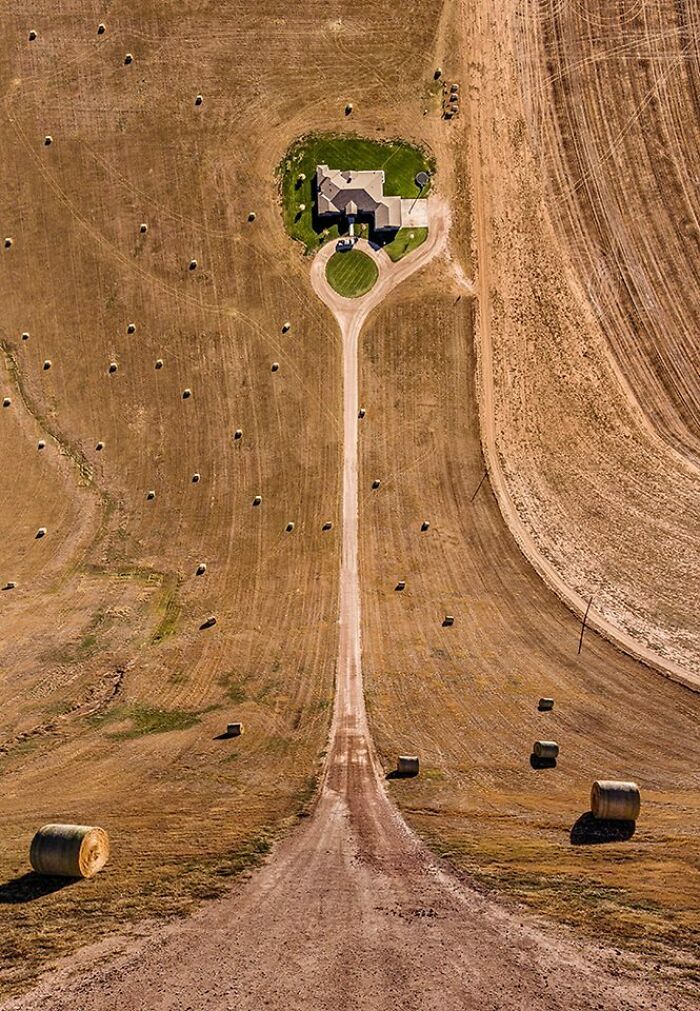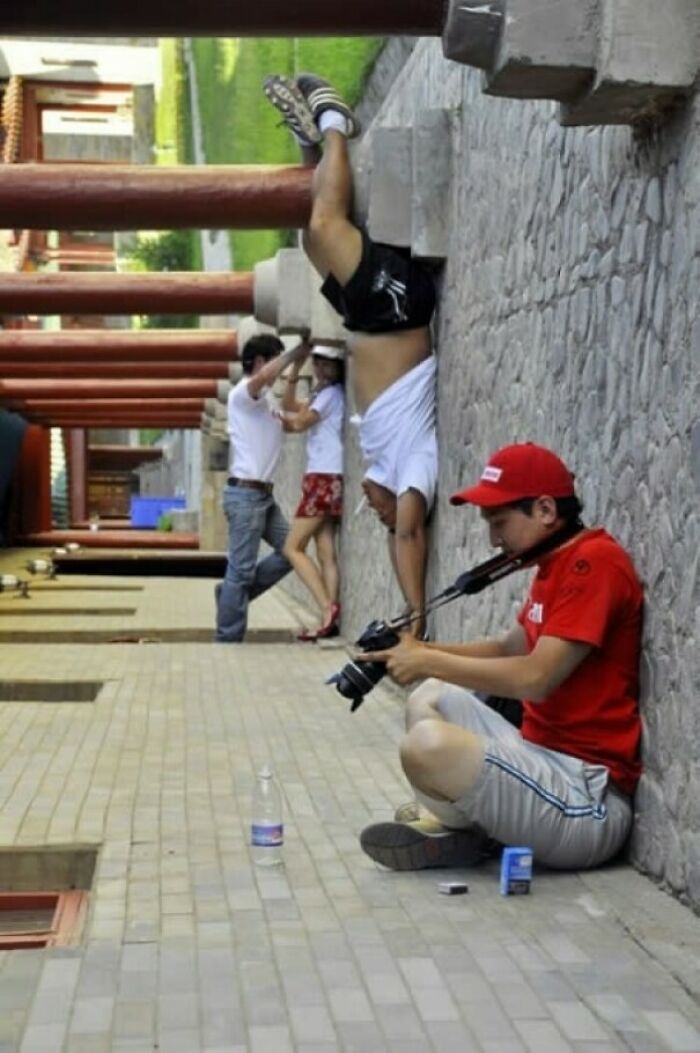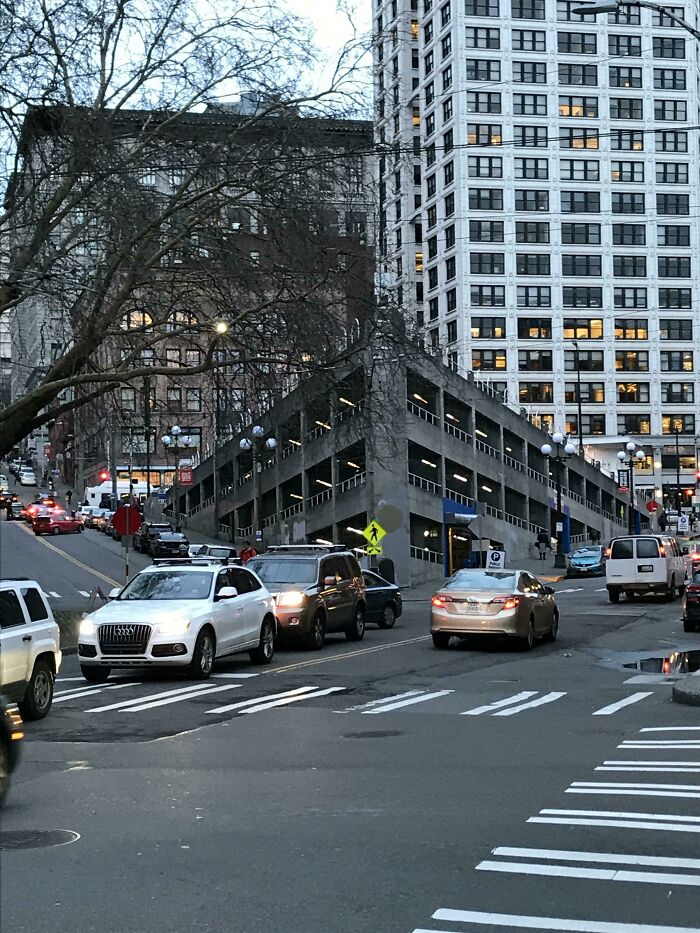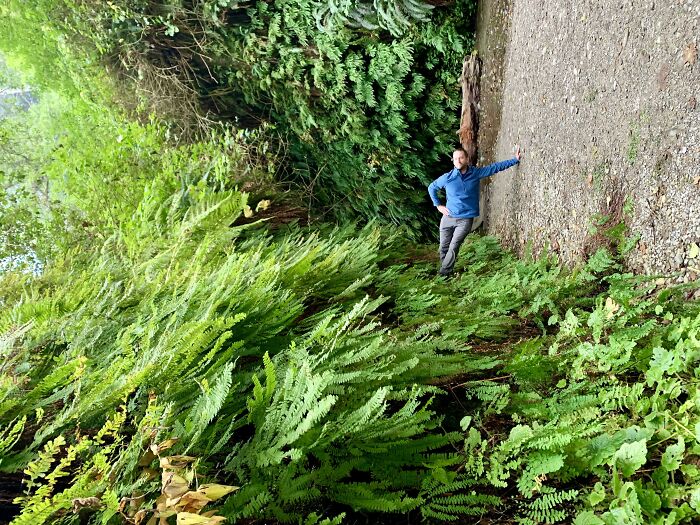
40 Times The World Said ‘No, Thank You’ To Gravity, As Seen On This Group
You don't need to know much about photography to know it goes hand-in-hand with gravity. And we ain't talking about trying to capture your little sibling or significant other in mid-air for that Instagrammable pic (we've all been there). We're talking about turning the world on its axis with a simple click of your camera.
With over 43,000 mind-bending photography enthusiasts, the Confusing Gravity group is a go-to place for pics that make dear old Newton look silly and our brains confused. From people standing on top of filing cabinets as if it's some sort of skyscraper to vehicles hurtling through the air, we're still not sure what kind of cheat codes these photographers were using. But the results, mind-boggling as they are, speak for themselves.
This post may include affiliate links.
If You Flip Your Phone, It's A Completely New Story
Before we go on and speak about gravity-defying photographs, let's take a step back and look at the origins of motion photography. In a bold move back in 1872, Leland Stanford, the former governor of California and a savvy railroad tycoon who would go on to establish Stanford University, made a daring decision.
Fueling an ongoing debate whether, during its gait, all four of a horse's hooves are simultaneously off the ground, he sought to settle the score once and for all. His solution? Hiring the eccentric English photographer, Eadweard Muybridge, to capture the elusive truth.
If You Turn The "Frozen Water Under A Pier" Photo Upside Down It Turns Into An Industrial Cityscape
Muybridge, driven by this audacious challenge, embarked on a six-year quest to unravel the mysteries of the stallion movement. In a groundbreaking experiment, he strategically positioned twelve trip-wire cameras along a racetrack, aiming to freeze every stride of a galloping horse.
After a while, he had it: a fleeting instant when the majestic beast soared through the air, liberated from earthly constraints, with not a single hoof touching the ground. Perhaps the first levitation photo in the history of photography which paved the way for motion pictures.
This Picture Of My Kitten In His Cat Tree Always Makes Me Laugh
Perspective
Now that we know a silly bet propelled the way for moving pictures, let's get back to the present day - a time when technology allows us to plant cameras on pretty much anything (thanks, GoPro!) and bend the laws of gravity without using only a pinch of Photoshop. But what is it about these gravity-defying stills that capture our attention?
Free Fall
Confusing Gravity
Well, for one, this style of photography may seem effortless and whimsical, but it demands meticulous planning, technical expertise, and flawless execution. Also, a lot of experimentation, as Erick Hercules, a Sony Alpha Ambassador whose gravity-defying works have been featured on billboards in Times Square and auctioned at the Guggenheim Museum, told us.
Stargate Effect Done By Aerial Drone Shot
Crow Hopped As I Took His Photo
"When I started out, I was not aware of levitation photographers. It was years later I discovered Natsumi Hayashi who was doing the same some years earlier," Hercules explained to Bored Panda over an email. However, Hercules attributes his initial inspiration to a serendipitous encounter with a 2006 Lacoste campaign by Tom Munro, a London-based fashion photographer, right across from Lincoln Center, across the street from where he studied.
ʍoǝɯ
?
"That image always stuck with me. So when I first started in 2014, I kind of replicated the person jumping. It was a couple of months later that I began to develop and experiment with my own different techniques. At first with my hand in the picture and then later throwing things in the air and making them appear like they were really floating."
It was only a few years after that, the Hercules technique really kicked off, inspiring him to launch the #WeLevitate movement in 2015, a global community of aspiring levitation photographers under the slogan of "original no-photoshop levitation creators."
When One Sits On The Wall, Obviously The Other Has To, Too
Bicyclist Emergency
As Hercules tells us, "It quickly became a global niche for dancers and photographers who were into this sort of aesthetic. Some of them helped further the way in which levitation was used so they became part of the team." #WeLevitate is currently endorsed by Sony, Nike, World of Dance, as well as artists like J Balvin.
Went For A Walk This Morning
Storm Damage In Iowa
"Most of the visual stories being told through levitation have a high degree of tension that needs resolution," Hercules explained, noting that he enjoys the surrealistic quality gravity-defying photography employs. "As humans, we are creatures that search for stability, but by showing a subject in mid-air, we are taking away the 'before and after' of the image, leaving the audience in a state of limbo, giving them a chance to question 'How was this done?'"
Someone Had A Bad Day But Got A Great Pic Out Of It
Streets Of San Francisco
Speaking of achieving such mind-bending pictures, Hercules says a truly remarkable levitation image possesses three essential elements: sharpness, refinement, and composition. "Sharp because the object needs to look still. Otherwise, blur adds motion to the stillness, taking away from the momentum that makes levitation so special. Refined, because the subject needs to have grace."
Whether it's a person in mid-jump or an object suspended in mid-air, flawless execution is key to conveying the illusion of weightlessness. A tense, awkward posture betrays the act as a mere jump, while an out-of-place object disrupts the elegant levitation narrative, appearing more haphazard than ethereal.
I Have Built Tensegrity Table
The chains in the middle of the short sides are the ones actually holding it up (and only the middle section) while the chains in the corners are keeping it aligned.
Load More Replies...At first I assumed the links are welded together. This seems more logical.
Load More Replies...I've always wondered, what happens if you push the top layer of one of these?
On paper? The corner chains would prevent too much movement: to move they would need to pull the table down, and the central chains would prevent it. In reality? The table will wobble horrendously, because this system does not account for thermal expansion, construction tolerances, material elasticity etc so minimal plays will propagate to very visible shaking. Tried that IRL.
Load More Replies...I always question the practicality of these tables. One accidental nudge a little too hard and the whole thing will collapse
It will move/oscillate sideways, but it can't collapse unless at least one chain fails.
Load More Replies...Tensegrity Explained Steve Mould: https://www.youtube.com/watch?v=0onncd0_0-o
Load More Replies...This Dog
Flying Cruise Ship
Confusing Gravity
Damn That’s A Cool UFO
Confusing Perspective
These Swimmers Sitting
Floating Bin
Marble Floor Of The Florence Cathedral
Hmmm
Falling Off Sand Dunes
This Tree
Yes, I Feel Comfy Here
I Genuinely Thought My Car Was Hovering Over The Parking
Camera Malfunction
My Cats Like To Sleep In Very Odd Positions
Stop
Confusing Gravity
Hiking Spot
Confusing Gravity
The Wreck Of Costa Concordia With Tilted Lens
Beach Levitation
Perfect Angle
Visual Confusion Look Two Times
Trouble is that there are only 2 or 3 types, so it gets a tad repetitive.
Loved these but could not get through them all. Meniere's disease sucks.
Trouble is that there are only 2 or 3 types, so it gets a tad repetitive.
Loved these but could not get through them all. Meniere's disease sucks.

 Dark Mode
Dark Mode 

 No fees, cancel anytime
No fees, cancel anytime 















